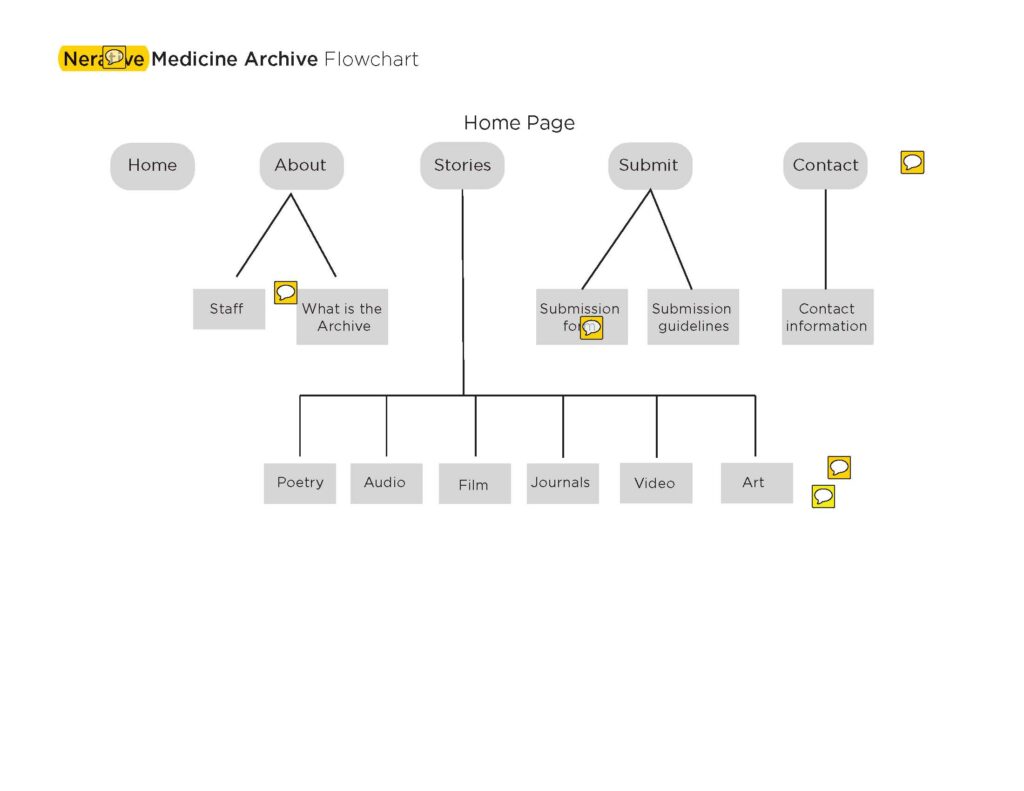
Every patient possesses a unique story. This story can provide valuable insights into a patient’s experiences with illness or their healthcare decisions. Importantly, patient stories serve as poignant reminders that at the heart of healthcare lies the fundamental task of treating individuals. Among the challenging responsibilities of designers and clinicians is the art of attentive listening to these patient stories. Without a complete grasp of patient stories, genuine empathy and effective advocacy for patients become unattainable.
Motivated by my personal health experiences and also drawing upon my research background in medical humanities and narrative medicine, I set out to mobilize the transformative potential of stories. My aim was to target health disparities directly while simultaneously fostering connections between patients, healthcare providers, and other stakeholders.
Throughout my extensive research on patient health, I encountered recurring sentiments of frustration from both patients and clinicians who felt unheard by each other. Recognizing the mutual sense of invisibility experienced by these groups, I identified a significant opportunity to facilitate meaningful connections and address underlying factors contributing to health disparities.
The problem: The key challenge is the perceived lack of communication between patients and clinicians. Constraints of limited time during clinical encounters often lead to feelings of being unheard, fostering potential misunderstandings and frustration. Addressing this issue provides opportunities to cultivate understanding, respect, and mutual trust among patients and various stakeholders. This, in turn, can offer valuable insights into the barriers to health and healthcare, ultimately contributing to enhanced long-term healthcare outcomes.
The solution: I embarked on creating a multimedia web platform designed to serve as a crucial communication tool, facilitating the sharing of personal stories about health disparities among patients and other stakeholders. This platform empowers stakeholders to express their experiences authentically by choosing their preferred format, thus providing valuable insights into the challenges associated with health disparities. The platform also offers an alternate way to envision strategies to health policy and heath systems design.
The inception of StoryBridge originated while I was a fellow in Project Zygote, a digital health pre-accelerator affiliated with Health 2.0, which facilitates connections between technology and healthcare entrepreneurs. Collaborating with an assigned team of business and tech entrepreneurs, I formulated a business concept and a viable plan. Subsequently, I honed the creative aspects of StoryBridge as a fellow with the Yerba Buena Center for the Arts. Later, in collaboration with a creative team and web developers, I oversaw all facets of design, encompassing UX design and visual design, culminating in the completion of the product.
Collaborating with the creative team, I focused on fine-tuning the details for StoryBridge. Emphasis was placed on creating an immersive environment that avoided a medicalized atmosphere. Careful attention was dedicated to the overall design, the website’s ambiance, as well as the selection of colors.
Development of StoryBridge
The creation of StoryBridge involved determining the frontend and backend architecture of the website
Collaborating with OrangeYouGlad, a design agency located in Brooklyn, the conceptualization and development of the naming and branding for StoryBridge unfolded.
The Wireframes provided a framework for the StoryBridge website’s layout, structure, and functionality.


Impact
Improved patient-provider communication has been shown to have a significant impact on various aspects of patient healthcare, such as patient satisfaction, healthcare outcomes, and healthcare education. Additionally, it plays a crucial role in reducing medical errors and fostering increased trust between patients and providers.
StoryBridge introduces an innovative approach to communication that goes beyond conventional dialogue. This platform enables patients and other stakeholders to choose a storytelling format that aligns with their preferences, allowing them to share their first-hand experiences and perspectives on health disparities. By providing an authentic space for individuals to express themselves and actively listen to others, StoryBridge creates new opportunities for identifying solutions in patient-provider relations and addressing health disparities directly. This novel method holds the potential to transform the landscape of healthcare communication and contribute to more effective and patient-centered care.
Next Steps
After consulting with experts, two viable business models were identified for StoryBridge. The first involves integrating StoryBridge into medical education programs. The second model focuses on addressing health disparities through multimedia storytelling at a local level. Alongside identifying these business models, crucial considerations were made regarding HIPPAA regulations and the significance of ensuring anonymity for submissions. In tandem with the development of the web platform, a plan was formulated for conducting multimedia storytelling workshops. These workshops aim to assist patients and other stakeholders in crafting their personal narratives.
You can view the final website at this link: www.storybridge.us.
FIND OUT MORE:
- In the very early stages of working on StoryBridge, UT Austin invited me to speak with them as were developing their “Communities of Care” project:
- StoryBridge collaborated with photographer Mindy Stricke in December 2020 to lead an abstract photography workshop, focusing on emotions during the pandemic. “Celebrate the Holidays with Cheese Pancakes and a Performance by Steve Mac.” (Wednesday)

